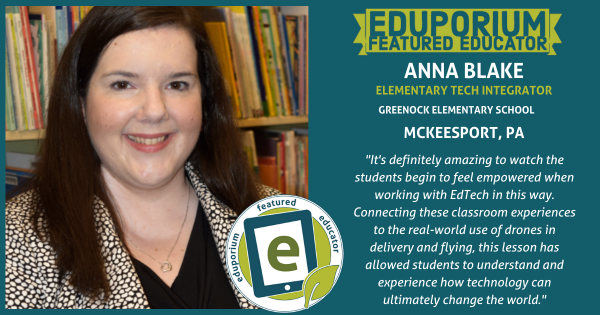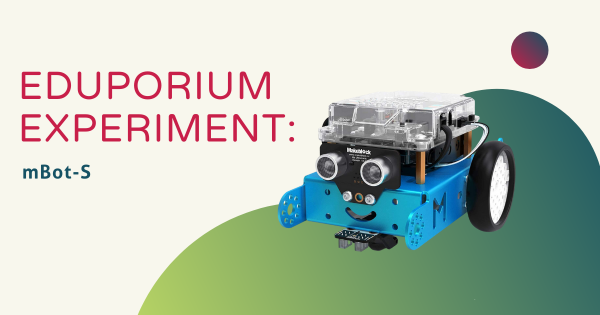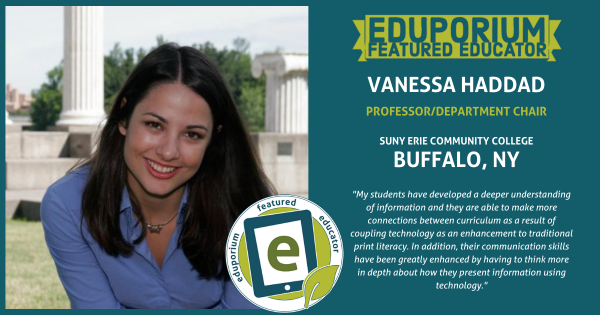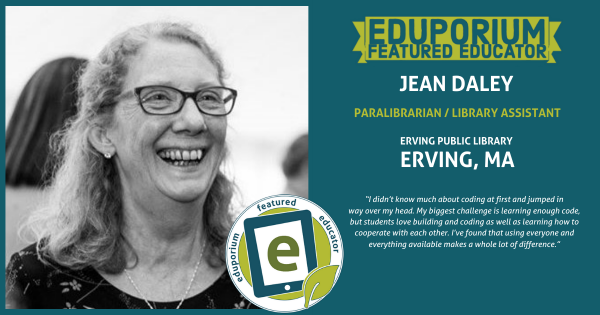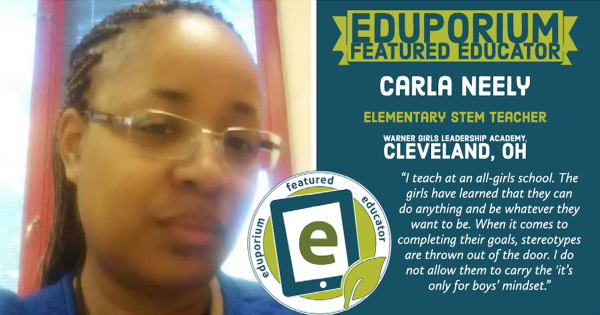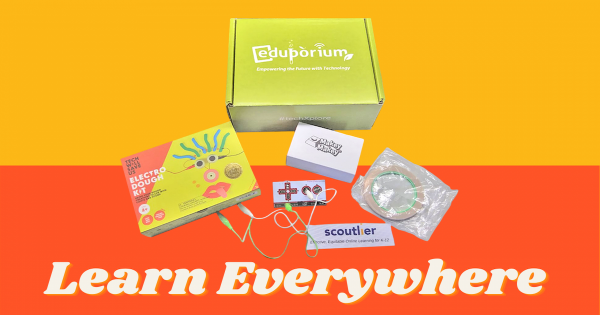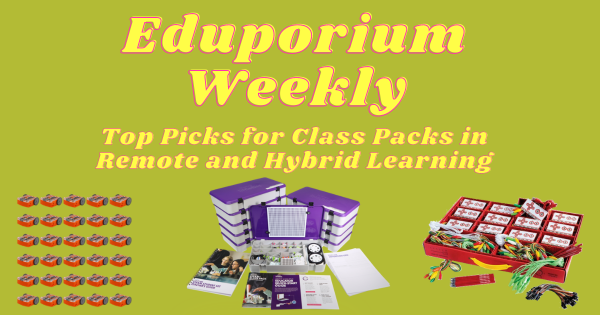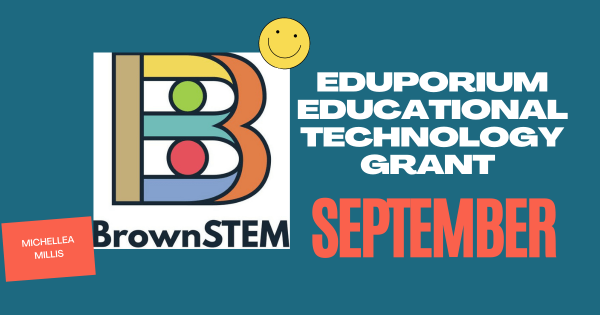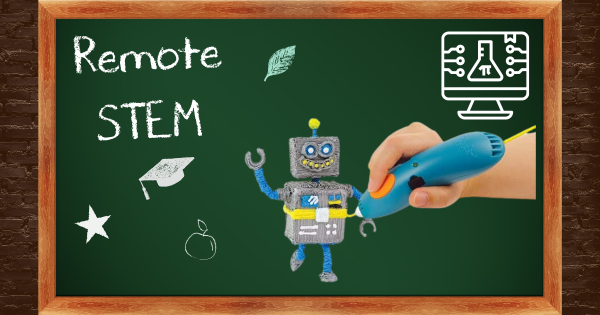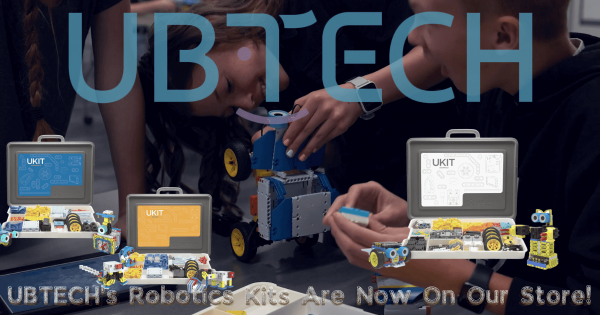This month, we hear from Anna Blake, who’s an elementary school technology integration specialist in the Elizabeth Forward School District (PA). Among some of the projects she’s helped lead with her students include combining coding and drones using Swift and challenging students to create programs to pilot their drones!
STEM
When it comes to STEM in 21st century teaching and learning, there are few limits to what students can accomplish. Besides helping boost their overall engagement and enjoyment levels in the here and now, access to STEM learning and opportunities to build real-world skills often significantly improve how students prepare for the future. Whether it's with introducing them to coding in the early grades, engineering in their middle years, or the benefits of more complex technologies, like virtual reality or artificial intelligence, in high school, STEM education is a crucial piece of student development. With such huge potential and importance, however, this instruction requires planning, guidance, and equipment. And, as the economy keeps trending toward STEM-dominated professions and opportunities, exposure to these areas is vital. Thankfully, there are few restrictions to leading effective STEM lessons.
Our mission is helping educators develop students who are truly Future Ready and helping them facilitate relevant learning is how. To that end, we offer a robust online store filled with the latest STEM solutions. But, beyond that, we love creating and sharing impactful content to help enhance how educators use these tools in instruction. In this section of our blog, you'll find countless posts on trending STEM topics, how-to articles, many recommendations for classroom solutions and projects, industry updates, connections between STEAM tools and the future, and a lot more. We are also extremely committed to closing certain gaps and increasing equity in STEM education. As such, a lot of this content contains context for advancing inclusive opportunities for all kids. We encourage you to search through the posts to find something relevant for you. And, if there's any topics we've missed, let us know.
-
Eduporium Experiment | Coding With The mBot-S Robot
Integrating coding and robotics in any classroom is a popular and effective approach to offering children of all ages a real-world STEM education. One of the best options for doing so involves programming with the mBot-S, an engineerable robot that’s compatible with various entry-level languages, so kids can explore computer science in elementary, middle, or high school. -
Eduporium Featured Educator: Vanessa Haddad
Vanessa has found creative ways to leverage various types of technology in her instruction when working with college students and certainly found that providing students with these hands-on experiences has helped them develop real-world skills through their experiences. Read on to find out more of what’s worked for her! -
Eduporium Featured Educator: Jean Daley
Jean is a paralibrarian at the Erving Public Library in Erving, MA and, like so many others, she’s had to adapt some of the library’s programming to be accessible remotely—something she’s found success with so far by maximizing the resources she has available to her, including her colleagues at the library. -
Eduporium Featured Educator: Carla Neely
As a science teacher, Carla has made use of the STEM framework when it comes to instruction in the classroom. Instead of having her students write a written report on a bridge found somewhere in the world, for example, she found it more engaging to have students use a blueprint and build the bridge that they are researching themselves. -
Learn Everywhere With This New STEAM Kit From Eduporium
From the development of our hybrid and remote offerings to exploration of new virtual coding platforms, we’ve learned a whole lot about how we can adapt STEAM learning in this new age. We now have one more offering to tell you about—a brand new Learning Everywhere kit that members of our team helped develop in a partnership with the pros -
Eduporium Weekly | Class Packs In Remote And Hybrid Learning
At first, we were very hesitant to continue with promoting classroom packs since they contain a lot of moving parts and promote learning that involves children all touching those same components. Over time, however, various manufacturers have actually created home learning versions and that idea of classroom packs in remote or hybrid learning is no longer as daunting. -
September Tech Grant: And, The Award Goes To Michellea Millis!
Joining eight previous STEM grant recipients for the calendar year of 2020, we have presented September’s award to Michellea Millis, an administrator with the BrownSTEM afterschool program that’s based in San Antonio, TX. She works with underrepresented African-American and Latinx students to help create STEM experiences and we’re excited to award her this grant! -
Eduporium Weekly | 5 More Good Remote And Hybrid STEM Tools
This week, we thought it would be fun to highlight five more of our favorite tech tools for helping to bring STEM learning experiences to students who are taking part in full remote or hybrid learning to start out the school year. And, with that being said, we’d like to reiterate one more time that remote learning does not mean -
UBTECH's Robotics Kits Are Now On Our Store!
For all those STEAM teachers, we have something new and exciting for you. We’re excited to let you know that we’ve finalized the addition of UBTECH’s hands-on robotics kits to our store and they are now available for purchase! There are four main kits—all of which are designed to help teachers transform STEM education.




